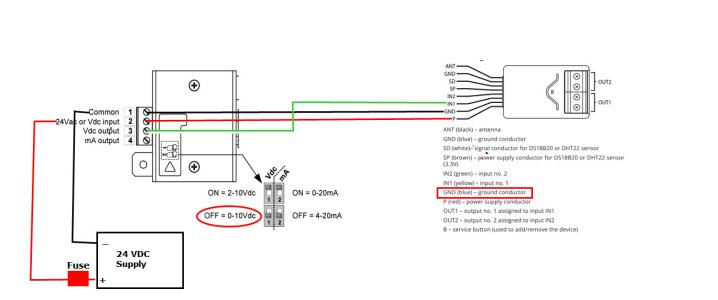I've seen a few products over the last few years that set off an alarm when the dryer vent gets too clogged up, but none of them are "smart home friendly", in that they don't have a way to connect to a HA control. I've also seen some devices that a repairman can use to measure the backpressure.
Has anyone figured out a way to DIY something like this? Most of them worked by monitoring the backpressure in the dryer exhaust duct, and if it got to high, sounded an alarm. I guess the hard part would be finding a way to secure it to the flex duct between the dryer and the fixed duct. Also might be difficult to find a pressure sensor that would work well for this. I guess the "normal" pressure range can vary depending on the dryer and ductwork. One of the products I saw also had a temperature sensor, and would alarm if either the temperature or the pressure got too high.
Has anyone figured out a way to DIY something like this? Most of them worked by monitoring the backpressure in the dryer exhaust duct, and if it got to high, sounded an alarm. I guess the hard part would be finding a way to secure it to the flex duct between the dryer and the fixed duct. Also might be difficult to find a pressure sensor that would work well for this. I guess the "normal" pressure range can vary depending on the dryer and ductwork. One of the products I saw also had a temperature sensor, and would alarm if either the temperature or the pressure got too high.


